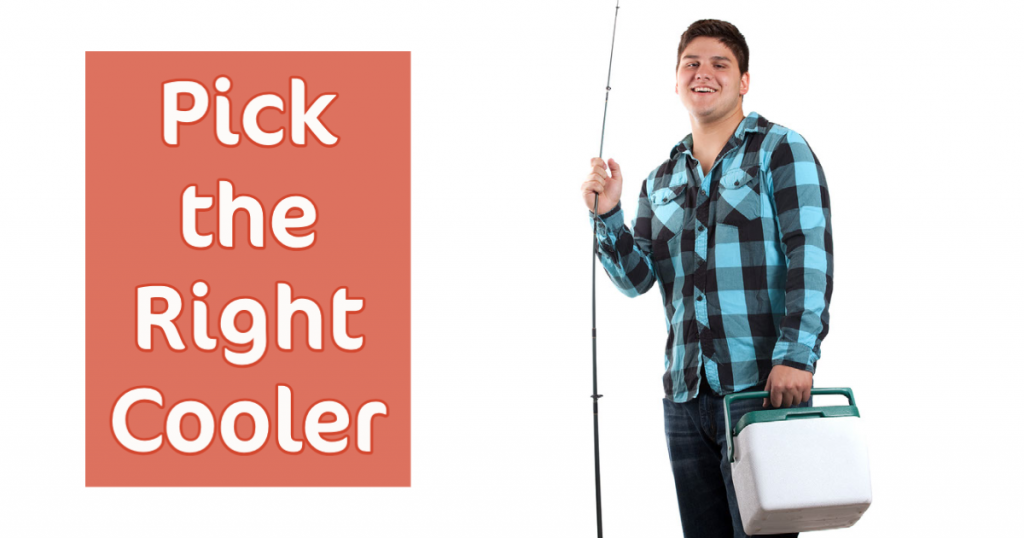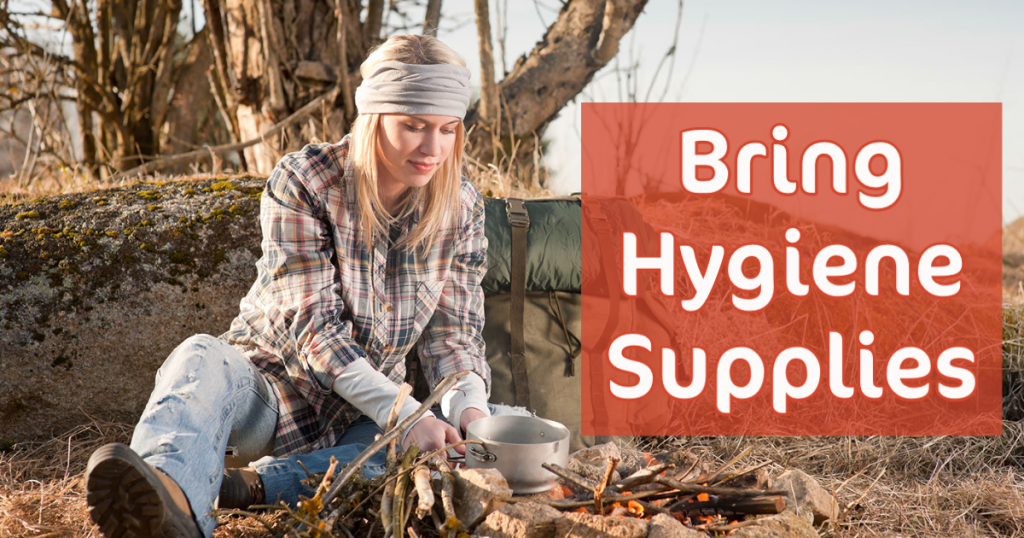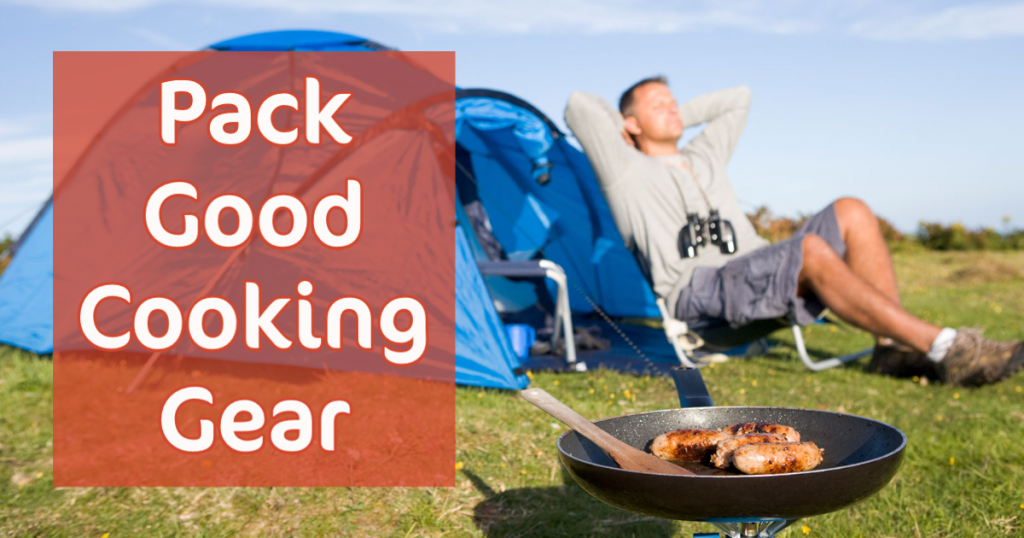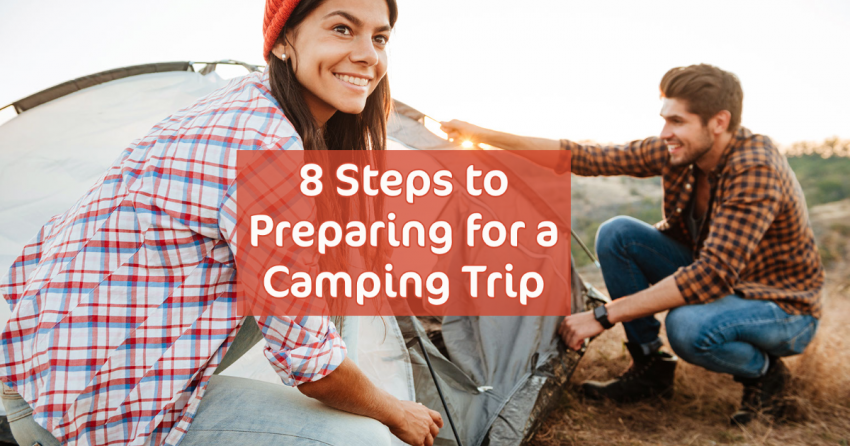
Camping is popular for a reason. We all love the idea of getting out in the wild and “roughing it” a bit. Many of us are somewhat overly connected to our screens and technology in general, and the best way to unplug is to get out in the wilderness and live off the land, if only for a few days. Now, everyone’s standard of what constitutes camping can vary wildly. For some people, camping means really getting off the grid and going out into the natural world with little more than a tent and some camping supplies. Of course, this approach generally isn’t advised for families with young children or those that are less experienced. Other people prefer to go out camping in nice recreational vehicles that come with comfortable amenities, as well as practical basics like septic tanks. Their camping will involve sticking to a campground and staying in an area where wifi is accessible.
Both approaches to camping are valid. But it’s important for individuals to consider carefully not only where they are going camping, but what they need to bring. Once you’re at your campsite, there won’t be much that you can do to easily go back and grab missing supplies. After all, most campsites are fairly far away from most stores. With that in mind, let’s explore how to prep for camping.
1. Decide on Your Ideal Trip
Firstly, you need to answer some questions about how and where you’re camping, as well as when. A camping trip that takes place during the autumn will be quite different from a camping trip that takes place during the summer. It will also require different supplies. Additionally, those that go camping in a more desert-based environment will need products and gear that differs from what people that camp near rivers or lakes need.
Not only will this determine your approach to how to prep for camping; it will also determine how much you can bring with you. If you’re camping with a recreational vehicle, you’ll not only have access to a lot of more high tech amenities, you’ll also be able to bring more with you. Whereas if you decide to use a typical car or a truck rental, you’ll need to be more conservative in terms of the amount of gear you bring.
2. Select a Tent

When considering how to prep for camping, you first need to decide whether or not you’re camping traditionally, that is with a tent. Once you’ve decided to camp with a tent, you need to address what kind of tent you’re bringing. There is a wide variety of tents on the market. If you can afford to spend a bit more on a tent, you should try to buy a larger tent. Think about how many people are going to be in a tent, and move up a bit in terms of capacity in order to be more comfortable. If you’re camping on your own, a three-person tent may be a better option than a tiny tent meant for one. Additionally, you should consider a tent with more peak height, as it is called. This makes it easier for you to move around and get dressed.
Tents are not only sleeping spaces but barriers protecting you from bad weather. You need to consider this as you choose a tent. Make sure that the material of the tent isn’t absorbent, and that water easily rolls off the tent’s surface. Some tents are also made with better mosquito control panels than others. A good screen in a tent will allow you to look out and Additionally, you should try pitching the tent in your living room before you go camping. This will ensure that you know you’ve gotten the right tent and can serve as a trial for your actual camping trip.
3. Choose a Sleeping Bag
It’s hard to be comfortable without the right tent, but the right tent can’t stop you from being uncomfortable on the hard ground. Additionally, while a good tent can block out the chill of the night air to a certain extern, for real warmth you’ll want to rely on your sleeping bag. As you explore how to prep for camping, you’ll quickly realize that there are actually temperature ratings available for sleeping bags. Some bags will be rated as summer bags, while others will be rated as three-season bags. Three-season bags understandably will be more suited for temperatures throughout the available camping seasons, and won’t be as lightweight as summer bags.
Keep in mind that you won’t need a bag that’s too snug. That can cause you to sweat throughout the night, which is hardly a great way to kick off a camping trip. A rectangular sleeping bag will allow you to stretch out more. Keep in mind too that if you bring the right clothing, you might be able to handle a lighter bag as long as the temperatures aren’t projected to drop too low. Don’t just bring sports clothing on your camping trip; bring some heavier clothes for backup during the night, even if you aren’t sure that you’ll need them. It might also be a good idea to bring along a sleeping pad, which could make uncomfortable ground a bit more bearable.
4. Pick the Right Cooler

Yes, there are different types of coolers available for camping trips. And yes, picking the wrong cooler could negatively affect your trip. There are, generally speaking, two main types of coolers. These are hard sided coolers and soft sided coolers. Both of them have different advantages and disadvantages, which means that a different type of cooler will naturally suit different camping trips.
Hard sided coolers are more durable, and can often be made with greater capacities. This means that those going on more serious, long term camping trips should consider hard sided coolers over soft sided coolers. While soft sided coolers can be slung over the shoulder or carried with a handle, hard sided coolers often come with wheels, which means that both can be taken on hiking trips. The important thing to consider when selecting either type of cooler is whether or not it will resist wear and tear. If a cooler begins leaking, not only will your food spoil; but it may attract animals as well. The last thing you want is a predator catching the scent of your food and becoming curious about your campsite. This is why, when considering how to prep for camping, you should take the quality of your coolers very seriously. They are meant to preserve your food and drinks, yes. But they also can figure more seriously in ensuring the safety of your trip.
5. Consider Water Filtration Technology
You may not think that you’re going to be camping for that long. Therefore, you’ll probably assume that you’ll be safe if you bring adequate fresh water with you. But when considering how to prep for camping, remember that camping trips can be derailed unexpectedly. You’re ultimately subject to the forces of nature, and putting yourself, potentially, in a more vulnerable position than you normally would. That’s why it’s important to bring water filtration devices along just in case. These devices can help filter contaminants out of fresh water and make it safe to drink, though generally, this shouldn’t be your first choice in terms of water to drink.
Even if you’re filtering the contaminants from the water, though, stay away from still water if you can. Running water, like that found in a river or creek, tends to be fresher and naturally replenishes itself. Water that is found in a lake or pond, on the other hand, is stagnant and therefore likely to hold more serious contaminants that cannot easily be filtered out. Water filtration devices can be rather small, with simpler ones functioning much like a straw. Others are more complex, even operating through solar energy. But no matter what, they’re good investments.
6. Bring Hygiene Supplies

The fact is that you will probably get somewhat dirty when you’re out camping. Depending on the type of camping trip you’ve decided on, you may have access to showers. These could be sourced from your recreational vehicle, or perhaps at a campsite you chose. Otherwise, you may find yourself bathing in a nearby stream or river. But no matter what, you should bring along good, simple hygiene supplies.
Keep in mind that the supplies you bring should be environmentally friendly. If you use them in water supplies, in particular, their chemicals can affect the water that local wildlife drinks. Therefore, try to stick to all natural soaps and unscented products.
7. Pack Your First Aid Kit
As previously mentioned, when figuring out how to prep for camping you must recognize that there is no way for you to predict exactly what will happen as you camp. That means that you should be prepared for as many eventualities as possible. Part of this will involve packing a good first aid kit, with gauze, antiseptic, and even sutures. You need to be ready, too, to bring along any kind of allergy medications than anyone on the trip might need. This is why you need to be careful when asking about those that intend to go on the trip with you.
Even seemingly simple medications are incredibly important when you’re going on a camping trip wherein you may not be able to get help easily. This is why you should include good insect repellant sprays as well as balm for bites from irritating bugs, which can not only be irritated but become infected over time. Additionally, band aids should be packed for cuts and blisters, and painkillers like ibuprofen should be packed for both pain relief and anti-inflammatory purposes. Most significantly, you should bring along products like hydrogen peroxide in order to prevent small wounds from becoming infected and difficult to control.
8. Pack Good Cooking Gear

How will you be cooking when you’re camping? These kinds of questions should be answered as you consider how to prep for camping. Unless you’re traveling in a recreational vehicle that has a decent kitchen space, you’ll probably be roughing it. While protein bars and jerky can be eaten without preparation, this probably not do much good when it comes time for you to eat an actual meal. It can be difficult to cook while camping, as you’ll often need to rely on fires or small portable stoves. It’s important for you to invest in cooking equipment that is made for camping. This equipment will probably need to take something of a beating, after all. Often campers need to scrub their cooking equipment in streams and rivers, with natural soap and sponges or steel wool. Therefore, they should be heavy and made of tough metals like steel.
Additionally, it might be a good idea to bring a grill. A grill can be operated without electricity, through coal and fire. While we often associate grilling with meats, those that stick to plant-based diets can also use grills, roasting vegetables on the grill. Grills do not need to be very large, either. When considering how to prep for camping, you should try choosing a smaller and simpler grill rather than a large one.
There are clearly a lot of factors that play into choosing the equipment to bring along on your camping trip. But as long as you make the effort to not only choose the basic types of gear that you need but to buy them from reputable sellers and in good brands, you should be able to prepare for your camping trip fairly quickly.
Buying high quality products doesn’t mean spending a fortune, either. When considering how to prep for camping, you’ll quickly realize that much of what you buy is reusable, meaning that you can use it for future camping trips as well. Additionally, buying from military surplus stores and shopping online rather than visiting some of the more mainstream camping stores can help you save. What’s most important is that you’re prepared properly for your trip. Don’t hesitate to take the steps necessary. Start preparing now!
